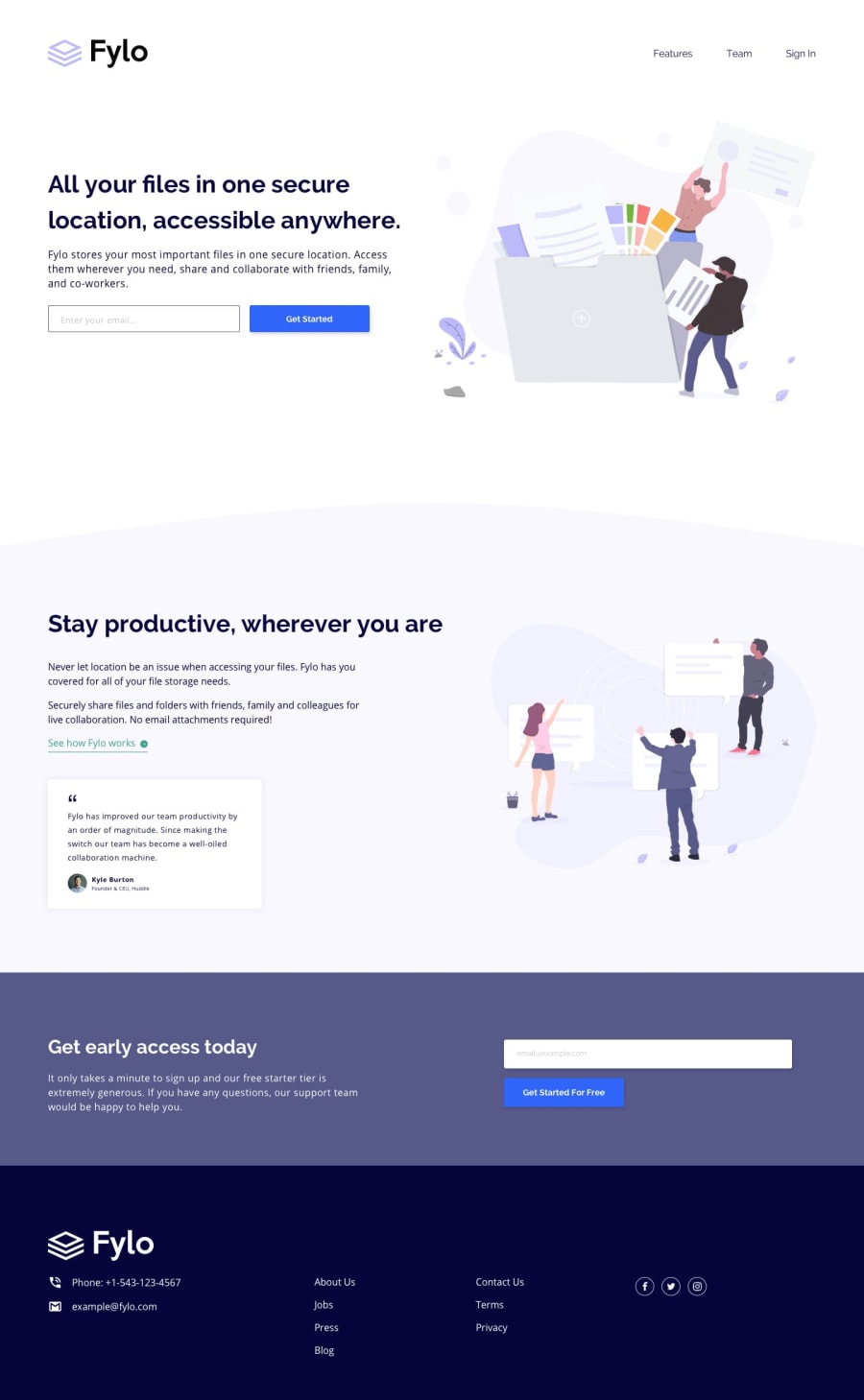
Design comparison
Solution retrospective
Responsiveness: Ensuring that the website looks and functions well across different devices and screen sizes can be challenging. This involves using CSS media queries and responsive design techniques.
Cross-browser compatibility: Making sure the website works correctly on different web browsers, such as Chrome, Firefox, Safari, and Edge, can be a challenge due to variations in browser rendering engines and CSS support.
CSS styling: Designing and implementing visually appealing and consistent styles throughout the website can be challenging, especially for complex layouts or specific design requirements.
JavaScript functionality: Implementing interactive elements and dynamic functionality using JavaScript can be challenging, particularly when dealing with complex user interactions or integrating with APIs.
Performance optimization: Optimizing the website's performance by minimizing file sizes, reducing HTTP requests, and optimizing code can be a challenging task to ensure fast loading times and smooth user experience.
CSS specificity and selectors: Understanding how CSS selectors work and how specificity affects style application.
JavaScript best practices: Following best practices for writing clean, efficient, and maintainable JavaScript code, such as modularization, code organization, error handling, and performance optimizations.
Responsive design techniques: Implementing responsive layouts, fluid typography, and handling different breakpoints effectively.
Cross-browser compatibility: Dealing with browser-specific CSS quirks and implementing fallbacks or polyfills for unsupported features.
Community feedback
Please log in to post a comment
Log in with GitHubJoin our Discord community
Join thousands of Frontend Mentor community members taking the challenges, sharing resources, helping each other, and chatting about all things front-end!
Join our Discord
